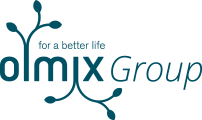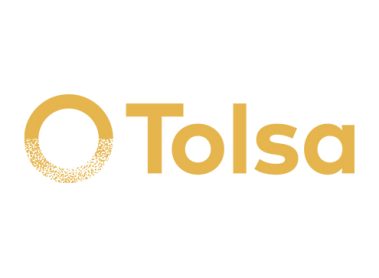
The upcoming All About Feed webinar on Mycotoxins will take place at 15.00 CET on Tuesday 22 February.
Mycotoxin levels in feed ingredients keep rising and it is expected that this trend will continue in the upcoming years. One factor playing a substantial part in the prevalence and spread of mycotoxins is climate change. Due to changing weather, the prevalence of different type of mycotoxins is changing around the globe. Since mycotoxin contamination can cause serious health issues both for human and animal health, is it essential to keep informed on these recent developments. In this All About Feed webinar on mycotoxins we will discuss the latest trends and solutions for mycotoxin control.
Speakers

For Feed Product Specialist
Reducing mycotoxins absorption, yes we can!
- Impact of low to high mycotoxin contamination
- New published data on mycotoxin transfer and accumulation
- Algoclay technology efficacy to reduce mycotoxin absorption

Industrial PhD student, working at Tolsa company and IMDEA Materials

Machine-learning-aided design of composite mycotoxin detoxifier for animal feed.
- Overview of clay-based mycotoxin detoxifiers
- Overview of the methodology implemented in the design of optimal products
- Experimental in vitro tests
- Machine-learning-aided detoxification assessment
- Experimental in vivo validation

European Specialist in Poultry Veterinary Science
Gunther Antonissen is appointed as chairholder of the Chair Poultry Health Sciences at Ghent University. The poultry research of the group of prof. Antonissen is multidisciplinary, focusing on a better understanding of the pathogenesis of infectious and non-infectious diseases, improving diagnostics, improving animal welfare and demonstrating the efficacy and safety of prevention and treatment strategies. Current research is related to gut health (alternatives to antibiotics, diagnostics), mycotoxins and endotoxins (e.g. impact on animal and human health, interaction of mycotoxins and infectious diseases, mechanism of action and safety of detoxifying agents), host-pathogen interaction, antimicrobial resistance, and poultry welfare (monitoring and interventions).





